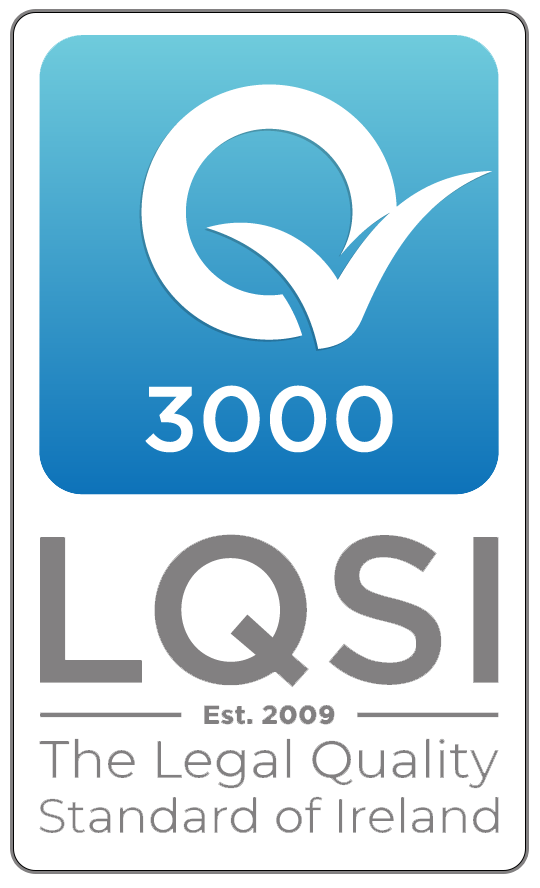There has been a significant amount of litigation in the United States focusing on the dangers of talcum-based powders such as Johnsons Baby Powder and shower to shower. Scientific literature has shown a link between genital dusting of talcum-based powders for feminine hygiene and an increased incidence of ovarian cancer. Litigation is in fact in progress in multiple jurisdictions against Johnson & Johnson, Johnson & Johnson Consumer Companies Inc., Imerys Talc America Inc. and other large corporations.
There are more than 1,200 lawsuits pending in the United States at the moment. In February 2017 a jury awarded $72 million to the estate of Jacqueline Fox who died of ovarian cancer after using Johnson & Johnson talcum products for decades.
In another case, Gloria Ristesund sued Johnson & Johnson (J&J) alleging that the company failed to warn of the known danger that the talc in its products could cause ovarian cancer. She also claimed that Johnson & Johnson sought to conceal the risk and that the company and its talc supplies conspired to do so.
She started using Johnsons Baby Powder in High School and was diagnosed at age 57 with endometriod ovarian cancer and underwent an immediate hysterectomy.
She offered evidence that the company had had internal meetings to discuss ways the company and its supplier could influence and manipulate various organisations that might decide to list talc as a carcinogen. Other evidence showed that in 2006, the supplier began including information about the ovarian cancer risk in its material data safety sheets but despite this she alleged that the company continued marketing its product as safe and failed to warn consumers.
Her expert epidemiologist testified that there was a statistically significant association between talc exposure and ovarian cancer and that studies linking the two had dated back as far at the 1970’s. Her expert pathologist testified that talc had been found in tissue samples from her ovaries. He testified that talc can migrate to the upper genital tract via the fallopian tubes or the pelvic lymphatic system, creating a foreign-body inflammatory response that leads to the development of ovarian cancer.
The Defendants denied that talc exposure caused ovarian cancer or that there was a conclusive link between them. They cited a 2014 statement by the FDA that there was no proven link. They also argued that the Plaintiff’s cancer was caused by endometriosis.
The jury found that Johnson & Johnson had failed to warn of its product’s dangers and awarded her €55m including €50m in punitive damages. Johnson & Johnson is appealing this decision.






